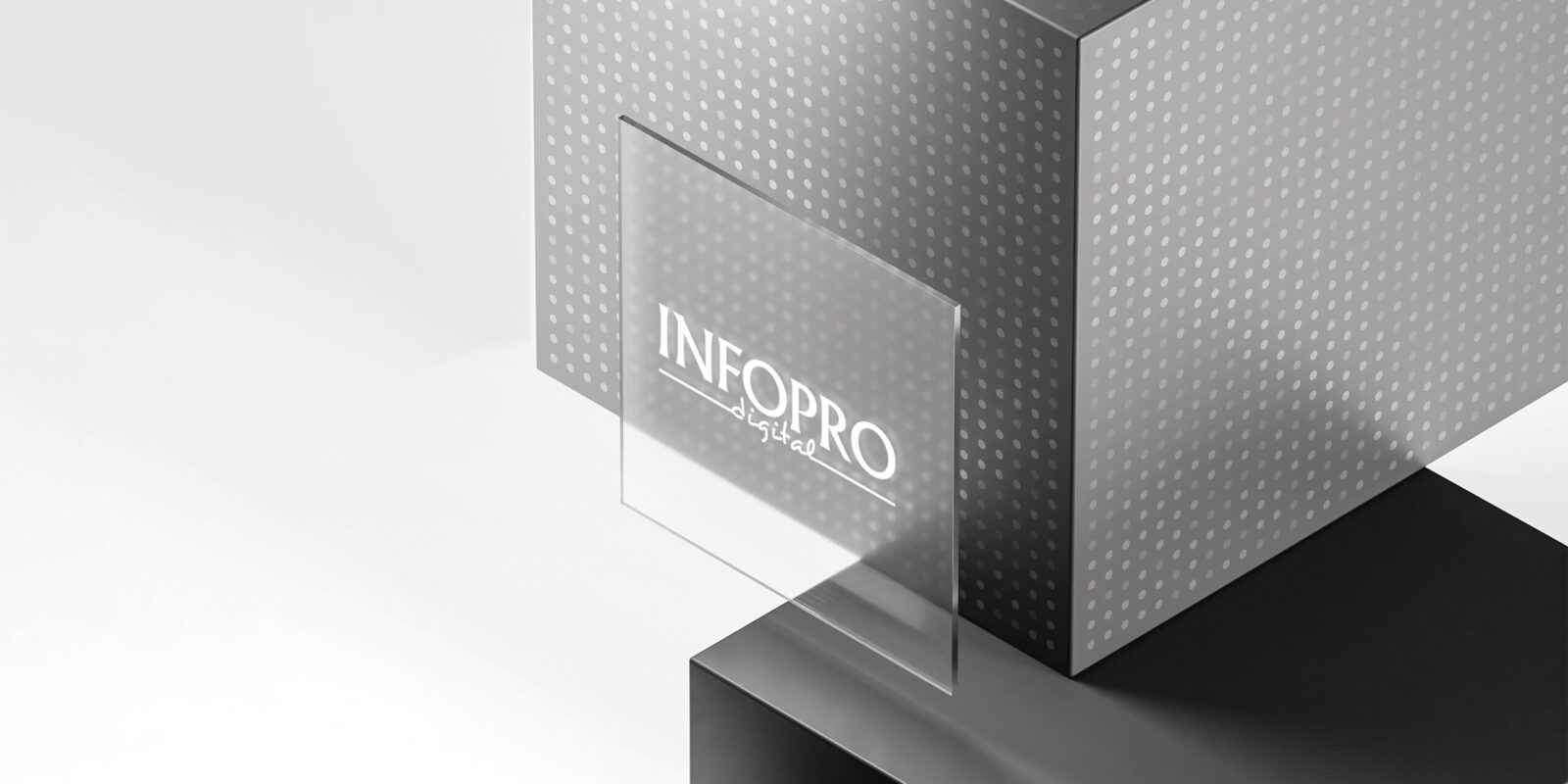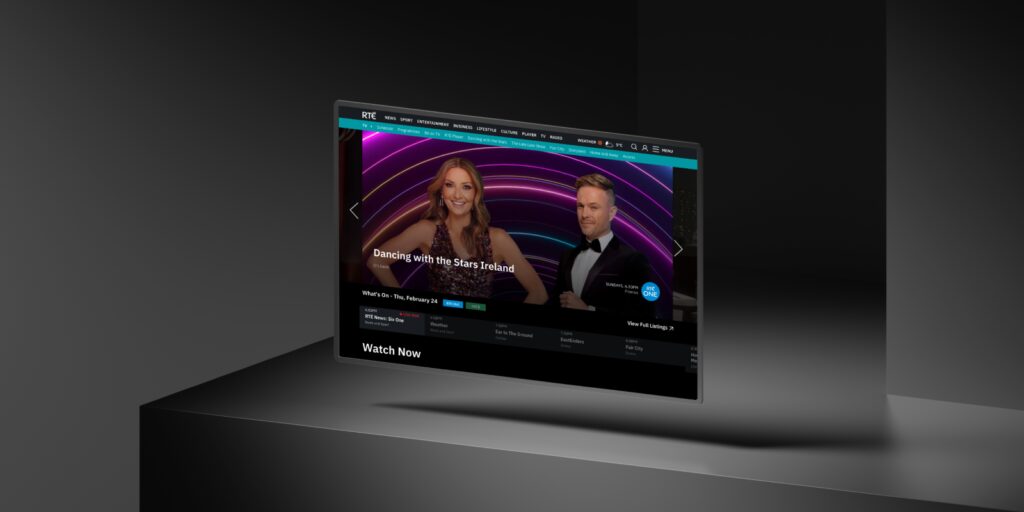Infopro Digital Employs Hybrid Measurement Solution to Maintain a High Level of Audience Understanding
Infopro Digital is a leading B2B media group in information and professional services. Stéphane Vivet is the Digital and Content Marketing Director responsible for building web strategies and developing audiences and conversions while structuring teams and practices around data. For the past few months, he has been managing a CRO (Conversion Rate Optimization) team within a cross-functional web IT department and leading all the group's projects around web analysis, A/B testing and SEO.
In this interview, he goes back over the reasons and main challenges that motivated Infopro Digital to rapidly deploy Hybrid Measurement on a hundred of their sites. He also discusses the implementation of the project, the difficulties encountered and the analytical results they have seen so far.
Piano: Can you give us a quick introduction to the Infopro Digital Group?
SV: Infopro Digital is a leading B2B media group providing information and professional services. It has more than 3,600 employees in around 20 countries. The group is regularly named as one of the top French tech and software companies. For several years, we have had strong external growth due to a major diversification policy. This approach is reflected in numerous company acquisitions, such as Le Moniteur in 2013 and Companeo in 2018.
Piano: How exactly is the company structured internally?
SV: We are organized into business units (BUs), which generally correspond to activities (e.g. industry) or to specific businesses such as lead generation, events, training, media, etc. The IT department, to which my CRO team reports, is a cross-functional division of the group that provides all the BUs with all the appropriate skills in terms of technical development and support in UX/UI, SEO and web analysis.
Piano: How many of your sites are currently equipped with Piano Analytics?
SV: At present, we have about 650 websites within the group, which make up a large mosaic of tools and technologies. Among them, there are brochure sites or middle-office sites — extranet-type — which do not necessarily need specific monitoring in terms of analysis. This is why the switch to Piano Analytics is happening gradually, depending on project opportunities or the needs and expectations of the various BUs. Currently, about 120 websites are using Piano Analytics.
Piano: How did you welcome the GDPR in 2018 and what actions did you take?
SV: As a leader in business information, the group has taken the subject of the GDPR very seriously from the start. Long before 2018, all of Infopro Digital's employees were involved in the data privacy and protection process. An awareness campaign aimed at all employees was launched internally, with the distribution of several webinars and the completion of test questionnaires. This evangelization is still going on today. The challenge is to inform all teams about the best practices and requirements of the GDPR and, above all else, to ensure that they are applied.
Piano: Why are you particularly sensitive to the issue of data protection?
SV: In the IT department, we have a huge pool of developers because we have chosen to insource our skills and design our own technologies. For example, we make our own tools for collecting data on our users' behavior. This is important to us because we want to personalize the experience of our users and our customers to best meet their expectations. The high business stakes that we have mean that we have to collect massive amounts of data on our users, some of which is sensitive, starting with numerous emailing databases. It is, therefore, essential to control all this data by constantly complying with strict rules of data hygiene and confidentiality.
Piano: Since the 1st of April 2021, it has been mandatory to comply with the CNIL's guidelines on cookies and trackers. What were the main challenges of compliance for you?
SV: Before the implementation of the CNIL directives, our main goal was to "limit the damage," to save our data and preserve our advertising revenues. Following this line of reasoning, our main challenge was commercial. Our ACPM-certified Piano Analytics audience figures are genuine selling points for all our sales teams. We are highly specialized in a very large number of sectors and industries, on populations of decision-makers that we target precisely. We also have a large number of lead-generation sites, for which the audience is also a key factor as it is the basis for any conversion.
Our second challenge was far more analytical. It was a matter of maintaining a good understanding of the navigation and behavior of our users. Here, we lost a little precision in the data. Indeed, the CNIL exemption for functional and analytical cookies helps us to maintain our online services, but we cannot obtain the granularity of data that we had before.
Piano: How did you go about bringing 650 sites into compliance?
SV: Firstly, we selected a reliable partner — DIDOMI in this case — to roll out a consent management platform (CMP) across all our sites. Secondly, with a digital environment of 650 sites, we were forced to take a fairly industrial approach. We defined groups of sites with similar issues or objectives and summarized them in around 30 notices which could have a different display and message.
In a second phase, we configured all the Piano Analytics tagging on the hundred or so sites equipped with the solution to ensure that it was triggered according to the users' consent. Centralizing the management of our tags by type of site allowed us to gain efficiency. As industrialization has its limits, we had to face some difficulties due to the diversity of vendors and objectives per site. These specific features required various implementation methods and a great deal of upstream acceptance and validation work.
Piano: How did the implementation of the Hybrid Measurement solution go?
SV: We implemented the Hybrid Measurement solution in February/March 2021, i.e. shortly before the CNIL deadline. During a workshop, to which I invited several of our profiles (technical and marketing directors and our data privacy officer), Piano Analytics consultants showed us the benefits of this hybrid solution. We were immediately won over by this opportunity because it met our needs perfectly. Beyond the exemption, which is activated by default, it is possible to maintain a reliable, healthy, clean measurement system in which we can connect both the exempted and consenting worlds to obtain more granular information about our users. To implement the collection method, we reviewed all the configurations of the tags and Piano Analytics' .js libraries on all our sites in order to benefit from the latest developments and make our data feedback more reliable. For several weeks, we discussed a great deal with the Piano Analytics support teams who, although they were very busy, gave us excellent support in understanding the elements of exemption and in the technical configuration of the solution.
Piano: What results have you seen since the implementation of Hybrid Measurement?
SV: With Hybrid Measurement, we maintain a high level of understanding of our overall audiences. Currently, we keep almost 100% of our traffic data free of consent. We can then see at the very least how many people came to our sites during the day and how many pages were consumed. The audience is one of the guarantees of the reliability and reputation of our media.
With the refusal of non-exempt cookies, there are still specific indicators that we can no longer track as before. But, ultimately, it allows us to better focus on our target audiences. The complete opt-out is almost non-existent.
Piano: Which types of indicators do you have less visibility over?
SV: We are losing the precision of our analysis on details, on navigation levels, in the precision of our users' behavior or in the monitoring of their status (logged in / not logged in). We are limiting our segmentation capacities because we want to avoid individualization in the statistics at all costs. However, by cross-referencing, we can obtain a single session and a single visitor at the end of the analysis.
Piano: What are the next major privacy projects?
SV: Our next projects are oriented towards the optimization of all our interfaces. On the advertising side, the challenge is to improve our users' experiences while respecting their choice of consent. This is a challenge because we have to satisfy both our advertisers, who want to be as visible as possible, and our users, who want to benefit from a high-value-added, ethical and non-intrusive product. Hence the importance of analyzing the context and all the web analysis indicators in order to make the right decisions about the development of the sites, particularly in order to send the right advertising messages to the right person at the right time.
Piano: Do you have any final words of advice for the digital community on compliance?
SV: If I had one piece of advice, it would be to be particularly vigilant about the implications of compliance. When we were setting up our analytics solution, we did not initially take into account certain technical details, and these have had significant repercussions on understanding the performance of our advertising campaigns. For example, some campaign tracking data may no longer show up in a specific configuration.
Finally, I would like to thank Piano Analytics for having perfectly accompanied the French digital world in understanding the subject of privacy, notably with a series of very useful and in-depth webinars.





